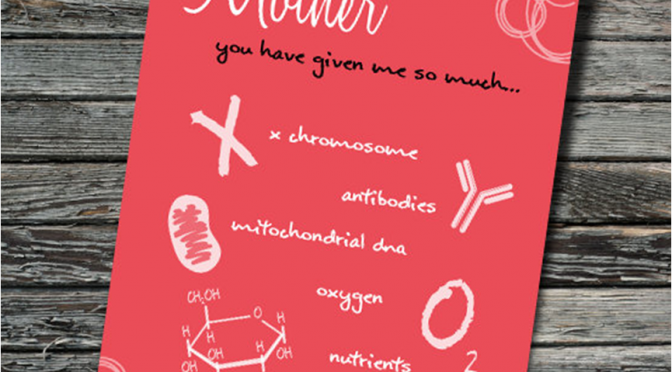Where you publish can be as important as what you publish. Consider the following when choosing a journal to which to submit your article:
Quality
- How does the journal rank according to impact factor and other journal metrics?
- Who is on the editorial board of the journal?
- Can you easily identify and contact the journal’s publisher?
- Is the journal’s peer review process explicit?
- Is the journal or publisher a member of a recognized industry initiative?
- What opinion do your colleagues and mentors have of the journal?
Relevance
- Does the journal publish research that is relevant to your work?
- Does the journal publish the type of article that you want to write?
- Who reads the journal? Is this the audience that you want to read your work?
Discoverability
- Is the journal indexed by major databases, such as PubMed, Web of Science, or other discipline-specific databases? This information can be found on the journal’s website or Ulrichsweb (see below).
- Does the journal offer extra services, such as graphical abstracts, videos or social media promotion?
Public and Open Access
- Do you wish to publish in an open access journal, or a journal that has an open access option? If so, what are the associated article processing charges (APCs)?
- Does your article need to comply with a funder’s public access policy?
- Does the journal allow self-archiving a version of the article on a personal website or institutional repository? Is there an embargo period?
Finding Journal Metrics
For an explanation of the metrics mentioned below, see ‘How is Journal Impact Measured?’ in our Measuring Research Impact guide: http://researchguides.library.tufts.edu/researchimpact.
- Journal Citation Reports: Journal Citation Reports provides Impact Factors, Eigenfactors and Article Influence Scores for science and social science journals.
- Scopus: Scopus provides CiteScore, SCImago Journal Rank (SJR) and Source Normalized Impact per Paper (SNIP) for journals and book series. These metrics are also freely available at Journal Metrics.
Other Resources for Evaluating Journals
Predatory, or illegitimate, publishers and journals have proliferated in recent years. These journals collect article processing charges (APCs) without providing publisher services, such as peer review, editing, and long-term preservation and access, in return (note that many legitimate publishers and journals have APCs for open access). While it can be difficult to determine whether or not a journal is predatory, the questions above and the resources listed below can help you distinguish a predatory journal from one that is not. In addition, you can look at the potential characteristics of predatory journals identified in a recent cross-sectional study of biomedical journals.1
- Committee on Publication Ethics (COPE): COPE provides advice to editors and publishers on all aspects of publication ethics, in particular how to handle research and publication misconduct. COPE members are expected to follow a code of conduct for journal editors. Search ‘Member’ page for journal or publisher.
- Directory of Open Access Journals (DOAJ): Directory of peer-reviewed open access journals. Journals must apply to be included in this directory. Journals that adhere to an exceptionally high level of publishing standards are awarded the DOAJ Seal.
- NLM Catalog: Search the National Library of Medicine Catalog (NLM) to discover which journals are indexed in PubMed/MEDLINE and other National Center for Biotechnology Information (NCBI) databases.
- Open Access Scholarly Publishers Association (OASPA): OASPA develops business models, tools and standards for open access publishers. Publishers must apply for membership to this organization, and are expected to adhere to set criteria. View ‘Member’ page for complete membership list.
- Ulrichsweb: Ulrichsweb™ is an authoritative source of bibliographic and publisher information on more than 300,000 periodicals of all types–academic and scholarly journals, Open Access publications, peer-reviewed titles, popular magazines, newspapers, newsletters, and more from around the world.
Match Your Manuscript to a Journal
If you are having trouble finding a journal for your manuscript, then try a manuscript matcher. These tools recommend journals based on your manuscript’s title, abstract or keywords.
- EndNote Manuscript Matcher: Manuscript matcher, a feature in EndNote online, uses Web of Science data to suggest journals based on the title, abstract and references of your article. Anyone can create an online EndNote account, which can be synced with the desktop version of EndNote. Once you sign in to your online account, look for ‘Match’ in the menu at the top.
- Journal/Author Name Estimator (JANE): JANE compares the title and/or abstract of your article to MEDLINE records to find journals that are the best match for your article.
- JournalGuide: Free tool that helps researchers evaluate journals. Paper Match feature offers journal recommendations based on your manuscript’s title, abstract and/or keywords. Informational page for each journal lists its aims and scope, Source Normalized Impact per Paper (SNIP), acceptance rate, submission and publication charges, when available, responsiveness and speed of publication. ‘Verified’ journals have been verified by third party indexes as recognized, reputable journals in their field.
1Shamseer L, Moher D, Maduekwe O, Turner L, Barbour V, Burch R, Clark J, Galipeau J, Roberts J, Shea BJ. Potential predatory and legitimate biomedical journals: can you tell the difference? A cross-sectional comparison. BMC Med. 2017;15(1):28; PMID: 28298236.






